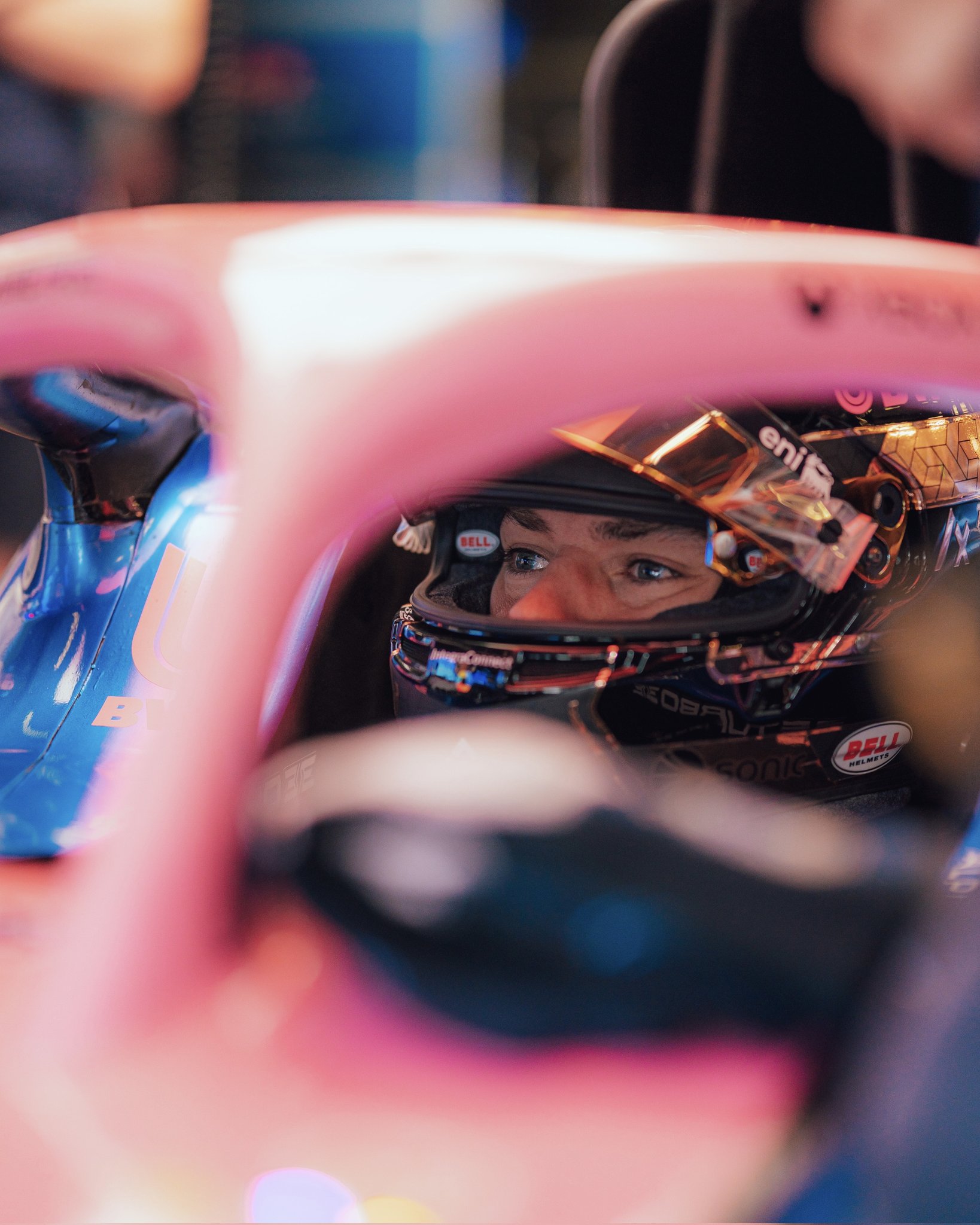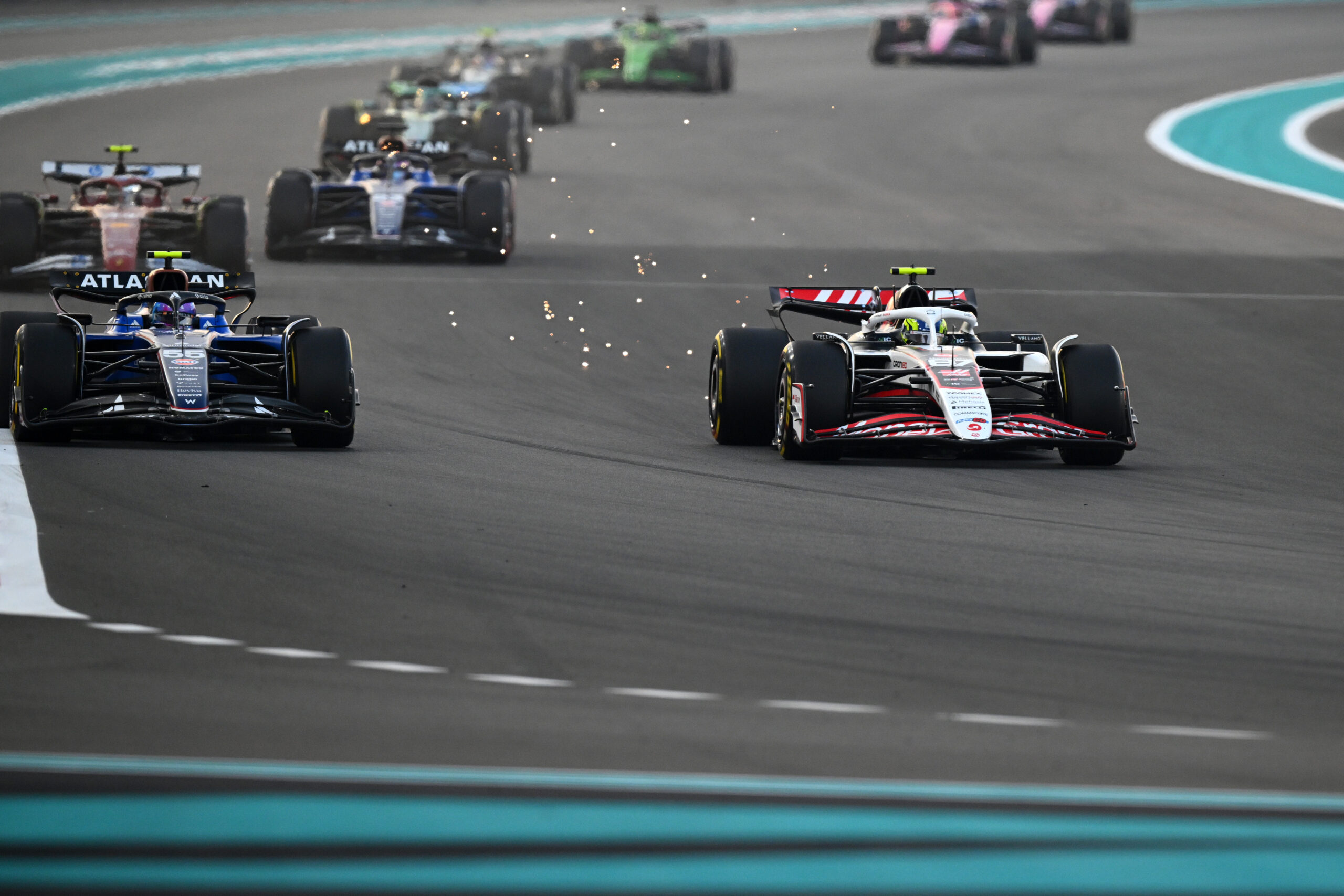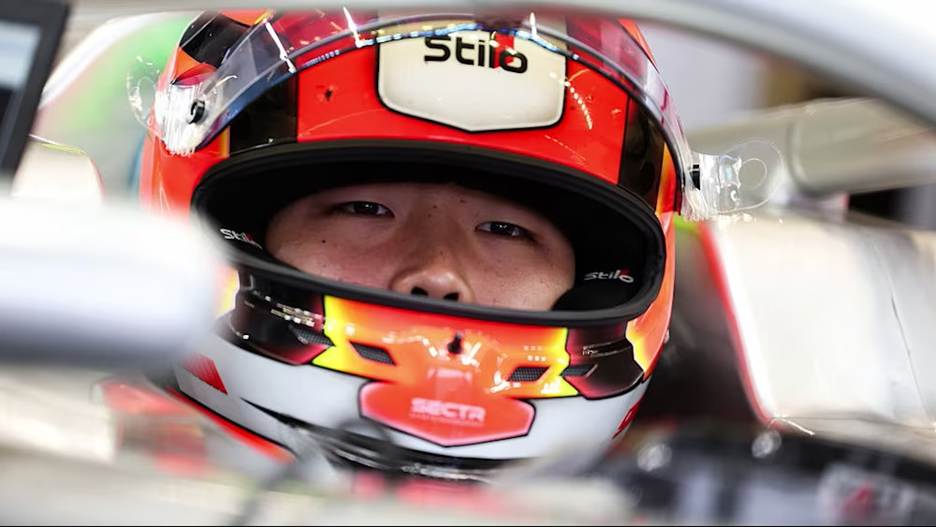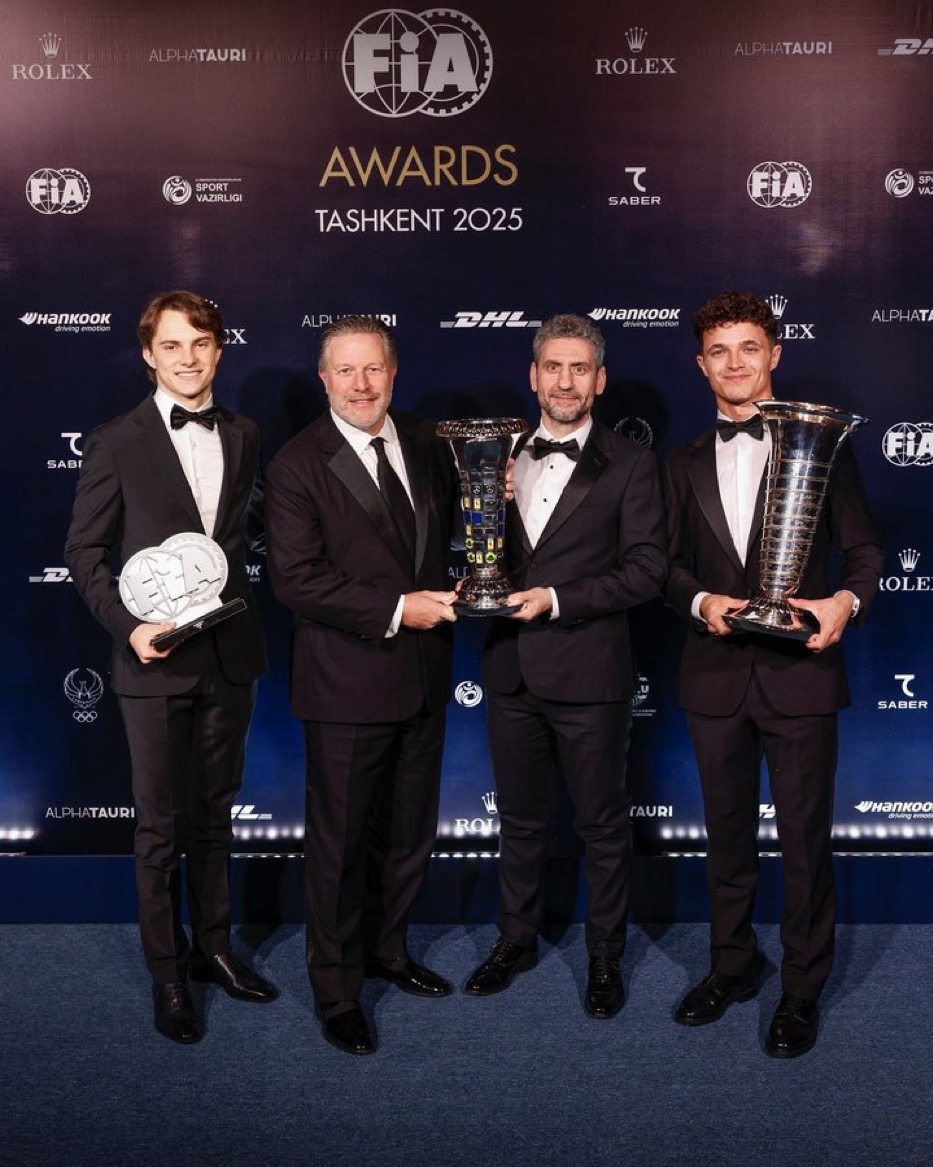The last Spanish Grand Prix was very successful for many drivers, but not very good for others.
To start, Red Bull dominated the weekend, however, not with its two drivers. On the one hand, the two-time world champion, Max Verstappen, managed to lead the three free practice sessions. In the same way he managed to get the pole position, led each and every one of the 66 laps of the race and obtained the victory of it, achieving a new grand slam to his record. It was a weekend to remember for the Dutch driver, however his teammate was not as lucky. The Mexican only managed to finish in fourth position after having started in P11 after being knocked out in Q2.
A team that did not have very good results either was Williams. The British team failed to advance to Q2 with either of their two cars, with Alex Albon starting the race in P18 while Logan Sargeant started in P20. Since free practice the lack of performance in the FW45 was noticeable, which continued into the race, with the American driver finishing last with his teammate in P16.
Williams team principal James Vowles commented that it was certainly a difficult weekend for the team on a track they expected to struggle at due to the limitations of their car, as well as accepting that they had hoped that the forecast rain would have turned up around race time to gain some performance from the car.
The FW45 is not a constant car. This means that it can feel very good on circuits of certain characteristics, but its performance may worsen on other types of circuits. For Williams, the Circuit de Barcelona-Catalunya is not one of their favourites, as you need to have high downforce to achieve a decent lap time.
This is how the Vowles explained the weaknesses of the Williams in the latest episode of ‘the Vowles verdict’.
“Barcelona is a more normal circuit compared to perhaps the start of the season where we see a lot of street tracks. It is also a very high-downforce circuit, so is very different the aerodynamic efficiency to what we’ve needed in the first 5 or 6 rounds of the season. Typically, teams will have 3 major rear wing levels of downforce; small, medium and large.
“It’s very much in the category of high downforce and it doesn’t suit the characteristics of our car.”
Tyre strategies were key to achieving a good result in the race, as demonstrated by Zhou Guanyu and Alfa Romeo.
Logan Sargeant driver started the Grand Prix on new medium tyres, and on lap 17 he switched to new hard tyres. So far everything seemed to be going well, Sargeant had good pace and the harder compound worked excellently with the FW45.
However on lap 36, he stopped again for another set of hard tyres, which didn’t work out for him at all, losing a lot of time in between. After tracking Albon for most of the race at around 2s, Sargeant finished 23s behind his stablemate.
Vowles put this down to the fact that he lost vital tyre temperature when letting the leaders through under blue flag conditions.
“He was there until a certain moment and then dropped back quite considerably. In part, that was because the track temperature was dropping quite significantly at the end of the race and the harder tyre wasn’t performing quite as well as it was in the earlier stages.
“But another factor was the limit between wear and temperatures and Logan now had lead cars that he had to let through as a backmarker and when he did that, he actually started losing quite a significant amount of tyre temperature that we weren’t able to regenerate.”

Photo credit: Williams Racing
In qualifying sessions, teams must have a strategy. This consists of knowing when to send your cars out so that they achieve the best possible time. There are some drivers who like to go out when no one else is on the track as this will allow them to run in clean air, however there are also drivers who like to have a slipstream from other cars.
In Spain, Williams decided to put both their cars out with a bit of time still on the clock before it was absolutely required. For many it was the wrong decision as the circuit kept getting better with track evolution, so perhaps they should have waited a minute extra or so.
Vowles said on the matter: “The more people running in new tyres, the more the track will grip up as result of it. But there are other effects, one of those is to make the outlap you need to do for your car and your tyres, and if you’re caught in traffic or slow down in any point of that, you start to suffer with tyre temperatures and not being in the right window, and especially with our car, it’s very important to do the outlap that we need to do — that’s why you see us running early.”
Alex Albon went off at turn 5 early on in Q1 last Saturday. While it looked fairly innocuous — aside from the fact there was a red flag to clear gravel from the circuit — the Thai driver actually picked up floor damage as Vowlex explains below.
Albon missed out on Q2 by just under 0.2s.
“In the case of qualifying in Barcelona, there’s an additional effect. Alex had a small outing to the gravel trap, didn’t look like much but damaged the floor as a result of that, and that damage was carried until the end of Q1, and probably cost a tenth or more and that may have been the difference between getting through to Q2 or not.”





